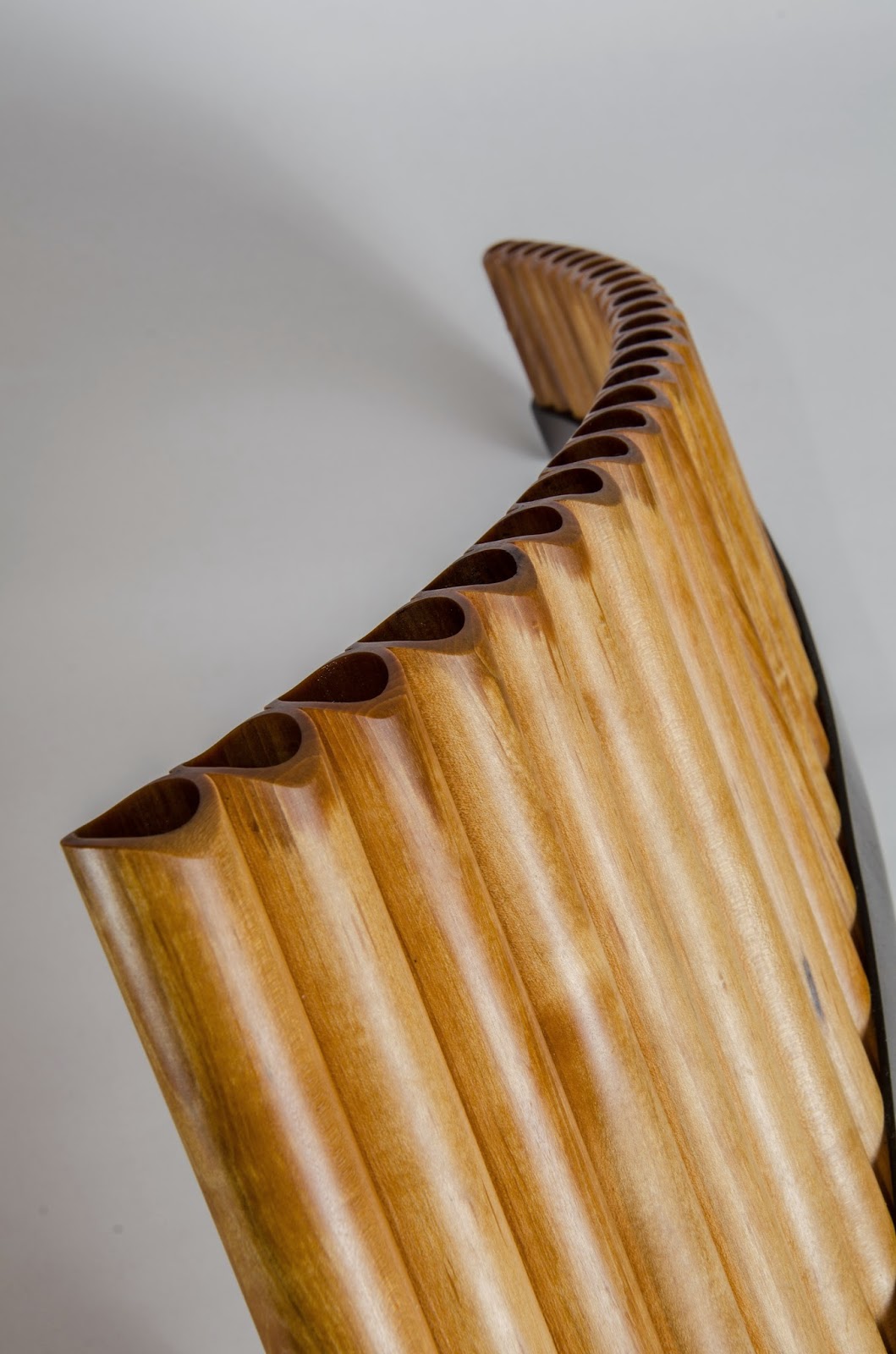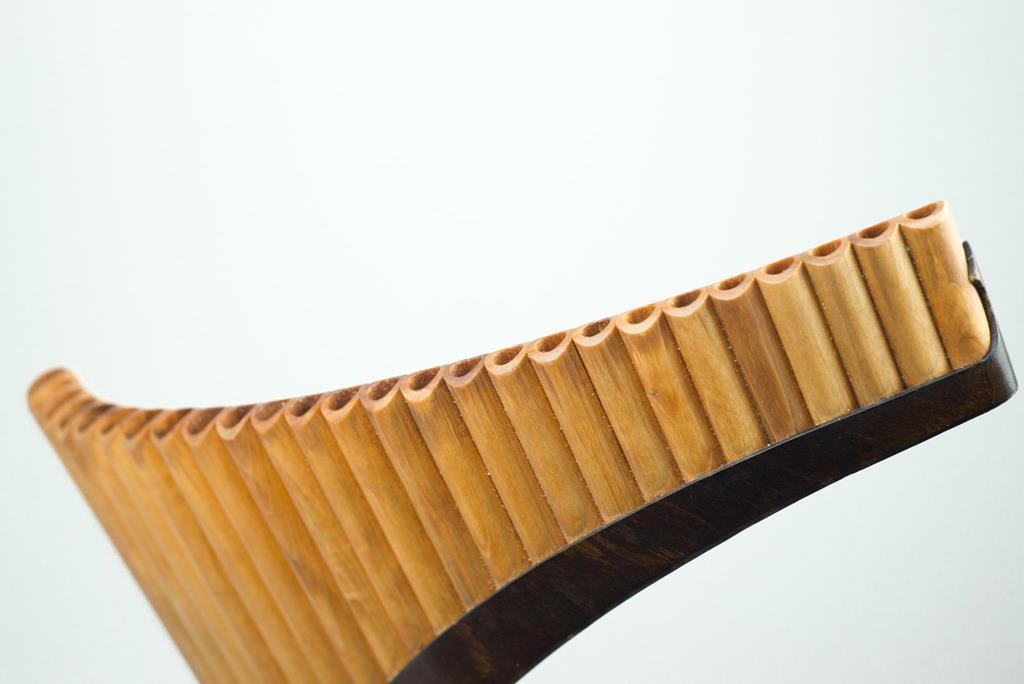The panpipe
My panpipe model is made by the manufacturer Kobliczek. If you have any questions or should decide to purchase such an instrument do not hesitate to contact me. I look forward to your call or email.
The name comes from the Greek shepherd god Pan. According to the legend, Pan wanted to take the nymph Syrinx as a woman. When she refused, she was enchanted by a protective deity in a reed. Out of grief, Pan cut himself out of this one panpipe, with which he later competed against Apollo in the music contest. Old names for the panpipe are shepherd's flute, syrinx, named after the nymph transformed into reed in the Greek story, or parrot-whistle. The latter name refers to Mozart's opera Zauberflöte.
Panflutes originated from about the 4th millennium BC. In many regions of the world. In Europe, the noisy sounding panpipes from South America are known, especially the Siku (Indian languages, after the Spanish word origin Zampoña) from the Andes, whose tubes are arranged in one or more straight rows, and the clear-sounding Nai, which originally comes from Romania and whose tubes are arranged in an arc. The Larchemi (also Soinari) in Western Georgia has six tubes in series and is considered an instrument of the shepherd. In special forms of panpipes, the tubes are also arranged in a bundle with the inner tubes protruding higher.
The Siku and Nai are available in different pitches from the piccolo panpipe in soprano voice to the full-length double-bass panpipe. The most common are the alto panpipes, which are as Nai about 30 cm wide and 23 cm high. For most beginners the tenor voice should be easier to play.
In the northeastern region of Thailand, the Isan, the Wot (in Thai โหวด, pronounced: [wòːt]) plays a version of the panpipe, which consists of six to nine bamboo tubes. It can act as a solo instrument for all entertainment occasions. One of the oldest Chinese musical instruments is the Pai Xiao, a panpipe made up of a straight or curved row of blown bird bones. On the northern Philippines island of Luzon there are some short panpipes with four or five pipes. In the rest of Southeast Asia, they are rare, except in the music of New Guinea, where they have been described several times. Of the few panpipes in Polynesia, those of Tonga (eight to ten pipes) and Samoa are today museum.
A pipelayer ensembles of some Khoisan groups in southern Africa, which have been described again and again since Vasco da Gama's first mention in 1497 and which existed until the beginning of the 20th century, represent a major historical development of the panpipe. Each of the ensemble's musicians, who accompanied entertainment dances, blew into a tuned one-tone reed flute. Although panpipes are also found in Africa, a single Khoisan musician has never played several bundled reeds. A still-played one-tone flute is the hindewhu of the Central African Ba-Benzele pygmies.


